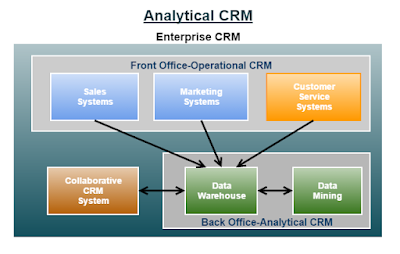The Internet is a powerful channel that presents new opportunities for an organization to :
- Touch customers
- Enrich products and services with information
- Reduce costs
E-COMMERCE & E-BUSINESS
How do e-commerce and e-business differ?
- E-commerce - the buying and selling of goods and services over the Internet (online transactions).
- E-business - the conducting of business on the Internet including, not only buying and selling, but also serving customers and collaborating with business partners (online transactions, serving customers and collaborating with business partners)
E-BUSINESS MODEL
- An approach to conducting electronic business on the Internet.
*BUSINESS-TO-BUSINESS (B2B)
- Electronic marketplace (e-marketplace) - interactive business communities providing a central market where multiple buyers and sellers can engage in e-business activities.
- Electronic marketplaces, or e-marketplaces, present structures for conducting commercial exchange, consolidating supply chains and creating new sales channels.
- Their primary goal is to increase market efficiency by tightening and automating the relationship between buyers and sellers.
- Existing e-marketplaces allow access to various mechanisms in which to buy and sell almost anything, from services to direct materials.
Search Engine Marketing
*BUSINESS-TO-CONSUMER (B2C)
Common B2C e-business models include :
- e-shop - a version of a retail store where customers can shop at any hour of the day without leaving their home or office.
- e-mall - consists of a number of e-shops : it serves as a gateway through which a visitor can access other e-shops.
e-shop
e-mall
-Business types :
- Brick-and-mortar business - operates in a physical store without an Internet presence. Eg : Bata.
- Pure-play business - a business that operates on the Internet only without physical store. Example : Amazon.com
- Click-and-mortar business - a business that operates in a physical store and on the Internet. Eg : Hijabs by Hanami.
Amazon.com
*CONSUMER-TO-BUSINESS (C2B)
- Priceline.com is an example of a C2B e-business model.
- The demand for C2B e-business will increase over the next few years due to customer's desire for greater convenience and lower prices.
*CONSUMER-TO-CONSUMER (C2C)
- Online auctions
- Electronic auction (e-auction)- Sellers and buyers solicit consecutive bids from each other and prices are determined dynamically.
- Forward auction - Sellers use as a selling channel to many buyers and the highest bid wins.
- Reverse auction - Buyers use to purchase a product or service, selecting the seller with the lowest bid.
-C2C communities include :
- Communities of interest - People interact with each other on specific topics, such as golfing and stamp collecting.
- Communities of relations - People come together to share certain life experiences, such as cancer patients, senior citizens and car enthusiasts.
- Communities of fantasy - People participate in imaginary environments, such as fantasy football teams and playing one-on-one with Michael Jordan.
E-bay
mudah.my
E-BUSINESS BENEFITS
E-business benefits include :
- Highly accessible
- Increased customer loyalty
- Additional channels to contact, respond to, and access customers helps contribute to customer loyalty.
- Improved information contact
- In the past, customers had to order catalogs or travel to a physical facility before they could compare price and product attributes. Electronic catalogs and Web pages present customers with updated information in real-time about goods, services and prices.
- Increased convenience
- E-business automates and improves many of the activities that make up a buying experience.
- Increased global reach
- Businesses, both small and large, can reach new markets.
- Decreased cost
- The cost of conducting business on the Internet is substantially smaller than traditional forms of business communication.
E-BUSINESS CHALLENGES
E-business challenges include :
- Identifying Limited Market Segments
- The main challenge of e-business is the lack of growth in some sectors due to product or service limitation.
- Managing Consumer Trust
- Internet marketers must develop a trustworthy relationship to make that initial sale and generate customer loyalty.
- Ensuring Consumer Protection
- Managing Consumer Trust
- Companies that operate online must obey a patchwork of rules about which customers are subject to sales tax on their purchase and which are not.
E-BUSINESS BENEFITS AND CHALLENGES
There are numerous advantages and limitations in e-business revenue models including :
- Transaction fees
- License fees
- Subscription fees
- Value-added fees
- Advertising fees
MASHUPS
Web mashup - a Web site or Web application that uses content from more than one source to create a completely new service.
- Application programming interface (API) - a set of routines, protocols, and tools for building software applications.
- Mashup editor - WYSIWYGs ( What You See Is What You Get) for mashups.
WEB MASHUPS
















































